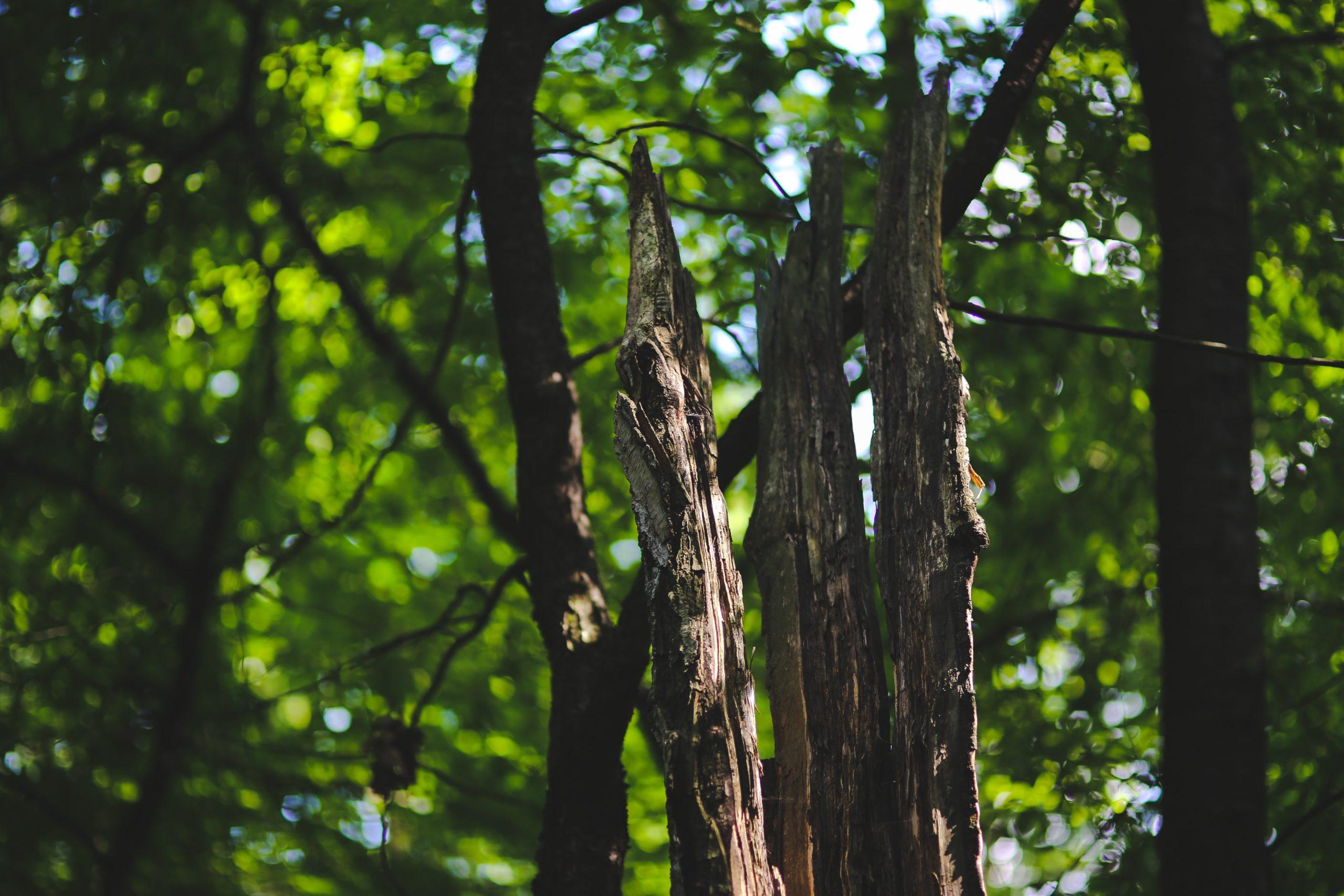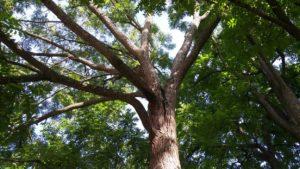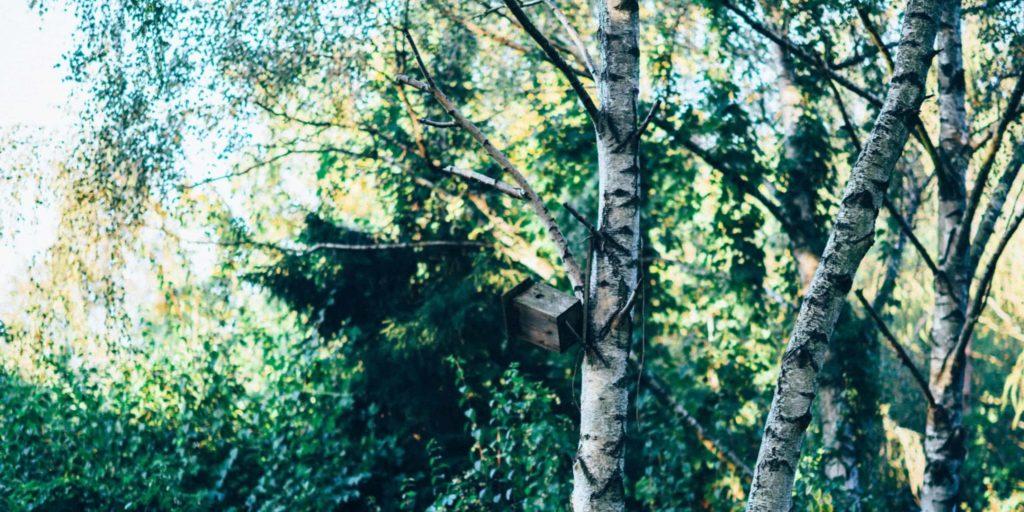Trees are major parts of landscaping, and they provide much-needed ornamentation to your property. Some trees give shade, some have a great colour to accent the flowers you’ve planted, and some provide the perfect amount of flow to your landscaping plans. But have you thought about which species are edible trees?
You can easily have trees that are both beautiful and tasty, making your landscape an edible one!
Trees Providing Fruit And Nuts
 The most obvious edible trees are the ones that give off fruit or nuts. When picking out an edible tree to plant, consider the species that are native to southern Ontario, as these will be adapted to our climate and are more likely to thrive. You should also pick the tree with a location in mind because different trees will need different amounts of space: Black Walnut trees, for example, can grow more than 50 feet tall, while trees like the crab apple may get no more than 10 feet.
The most obvious edible trees are the ones that give off fruit or nuts. When picking out an edible tree to plant, consider the species that are native to southern Ontario, as these will be adapted to our climate and are more likely to thrive. You should also pick the tree with a location in mind because different trees will need different amounts of space: Black Walnut trees, for example, can grow more than 50 feet tall, while trees like the crab apple may get no more than 10 feet.
The tree you’re growing typically will drop a lot of fruit and nuts, and this can create a huge mess on any parts under the tree’s canopy. Plant your trees away from patios, decks, and other common traffic areas so dropped fruit won’t get underfoot, stain the wood, and/or attract stinging insects like wasps. Also, make sure that the fruit isn’t dropping on your neighbour’s property either.
Some trees that make suitable backyard eating in Ontario include Common Apple, Black and English Walnut, American Chestnut, and common orchard trees like peach, pear, plum, cherry, and apricot. But it’s not just fruit and nuts that make for an edible tree!
Foraging Beyond Fruit And Nut Trees
Many Ontarians are fine to stick with the trees that give off fruit year after year, but for those who want to go further with their foraging, there are many more types of edible trees. Good varieties for Canadians include Sugar and Black Maples, which you can tap for their sap. The more adventurous among us can find lots to do with other trees, too: the sap of the birch tree can be tapped and used in making things like birch beer, and the needles of the Balsam Fir, Eastern Hemlock, and Eastern White Pine can all be brewed to make quite good tea!
Planting Edible Trees
 Planting an edible tree is not too dissimilar to planting anything else, so choose a spot that’s fully in the sun and where the soil drains well. Dig the hole two to three times as wide as the tree’s rootball, and plant the tree to the same depth it was rooted in the container. You can identify the original depth by looking for the colour change from dark to light on the trunk as you get down toward the roots.
Planting an edible tree is not too dissimilar to planting anything else, so choose a spot that’s fully in the sun and where the soil drains well. Dig the hole two to three times as wide as the tree’s rootball, and plant the tree to the same depth it was rooted in the container. You can identify the original depth by looking for the colour change from dark to light on the trunk as you get down toward the roots.
Your local nursery will have trees available in various sizes, so look for a size that will accommodate the space in your yard. Ask them for advice specific to the tree you’re looking to buy, because some trees might need some extra help to grow and thrive.
It should be noted that while we can guide you in a certain direction, you are ultimately responsible for the plants you decide to eat. For more detailed information, pick up a foraging guide, and never eat a plant you find on or off your property unless you are absolutely certain it’s safe to eat! Contact us to learn more.

